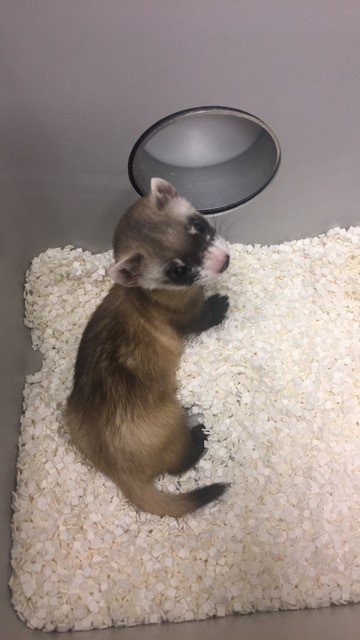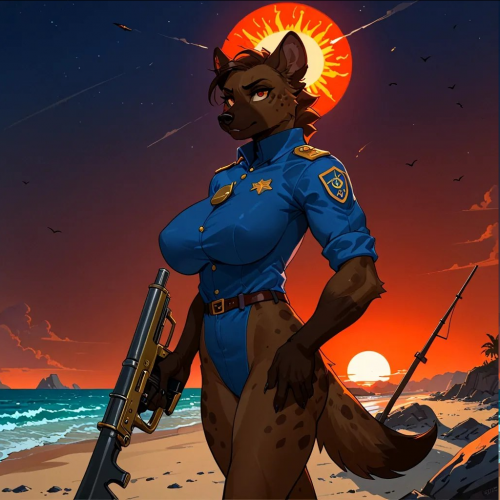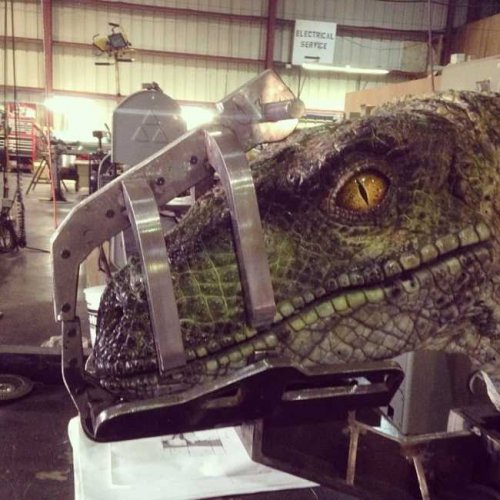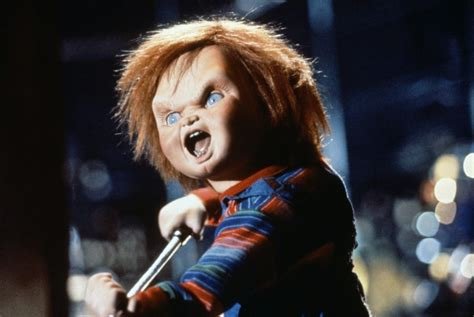- Joined
- 21 January 2015
- Messages
- 12,071
- Reaction score
- 16,140
From what it says at the end of this article it sounds like a completely pointless exercise.

 arstechnica.com
arstechnica.com
While this is being portrayed as the return of the dire wolf, these animals are primarily a variant of gray wolves, as many of the genetic changes that create their large size and pale coat already exist in some gray wolf populations. They carry only a few changes that are specific to dire wolves. (This is very much like what the company announced with woolly mice.)
And, more significantly, they're likely to be instinctually like a gray wolf, and so would play the same role in present-day ecosystems. In fact, it has been hypothesized that the dire wolf went extinct during the late Pleistocene extinctions because it specialized in hunting large prey that also went extinct. So, it's unclear whether, even if we could bring the dire wolf back, there'd be anything for it to do.

De-extinction company announces that the dire wolf is back
What they delivered is a gray wolf genome carrying a handful of genetic edits.
 arstechnica.com
arstechnica.com














